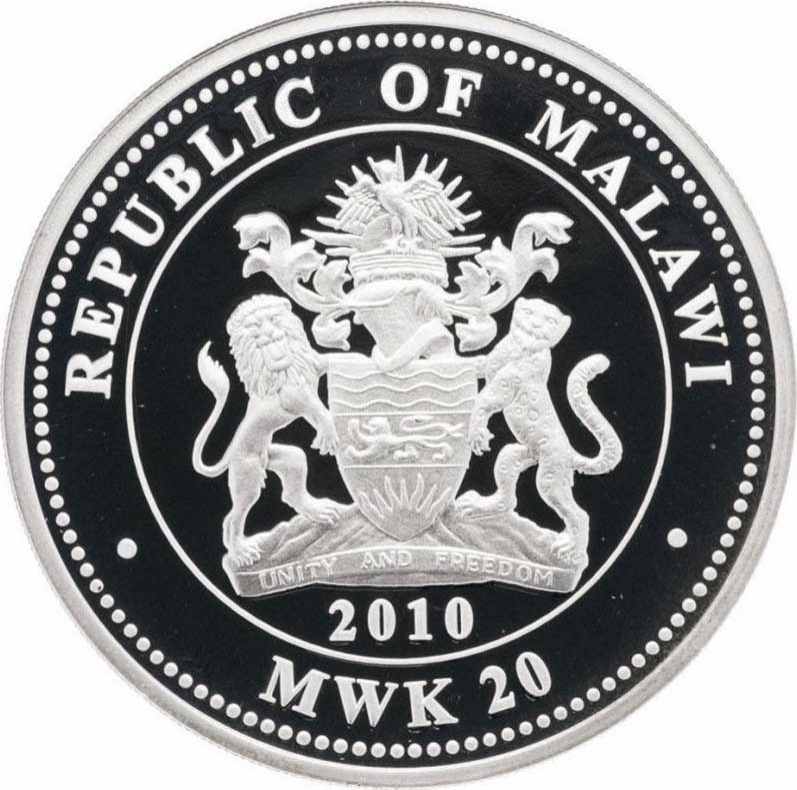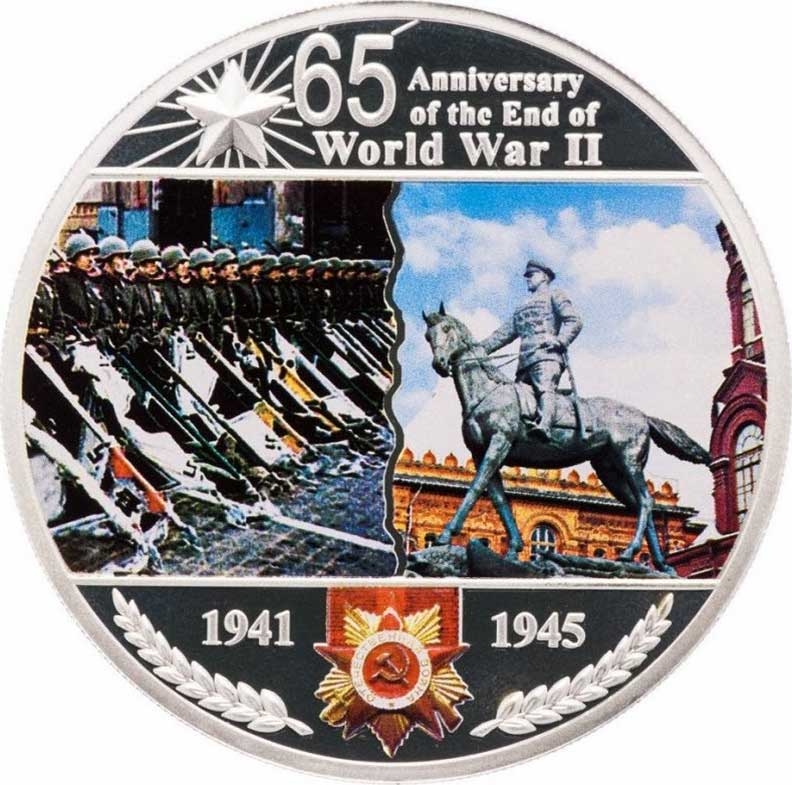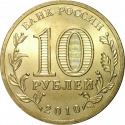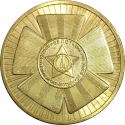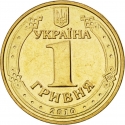You are about to finish your registration. Please check your mailbox (including spam folder). There should be a letter with a confirmation link. Check setting to make sure that your e-mail address is correct.
Send letter againDescription
The Eastern Front of World War II was a theatre of conflict between the European Axis powers and co-belligerent Finland against the Soviet Union, Poland and other Allies, which encompassed Northern, Southern and Central and Eastern Europe from 22 June 1941 to 9 May 1945. It has been known as the Great Patriotic War in the former Soviet Union and in modern Russia.
The battles on the Eastern Front constituted the largest military confrontation in history. They were characterized by unprecedented ferocity, wholesale destruction, mass deportations, and immense loss of life due to combat, starvation, exposure, disease, and massacres. Of the estimated 70 million deaths attributed to World War II, over 30 million, many of them civilian, occurred on the Eastern Front. The Eastern Front was decisive in determining the outcome of the European portion of World War II, eventually serving as the main reason for the defeat of Nazi Germany. It resulted in the destruction of the Third Reich, the partition of Germany for nearly half a century and the rise of the Soviet Union as a military and industrial superpower.
Obverse

|
Depicts the coat of arms of Malawi, country name above, denomination and date below. REPUBLIC OF MALAWI |
|---|---|
Reverse

|
Depicts a photo of the 1945 Moscow Victory Parade on the left and the monument to Marshal Zhukov on the right. Above is the inscription, with the Order of the Patriotic War placed between a wreath of olives. The start and end dates of the war are displayed below. 65th Anniversary |
| Edge |
Related coins
65th Anniversary of Great Patriotic War Victory (1941-1945)
65th Anniversary of Great Patriotic War Victory (1941-1945)
